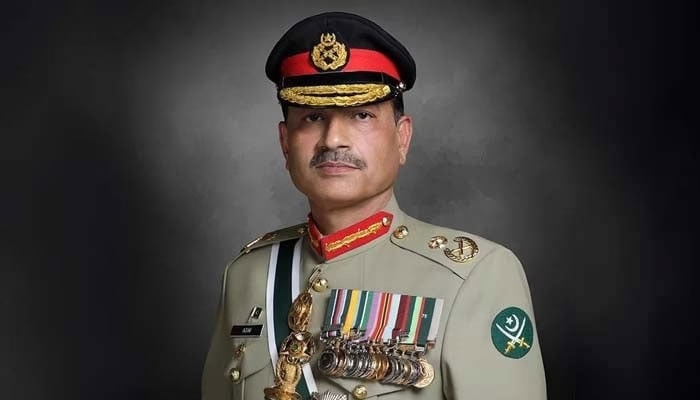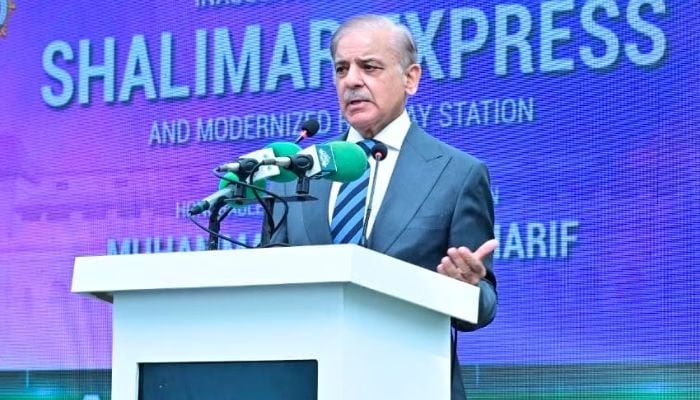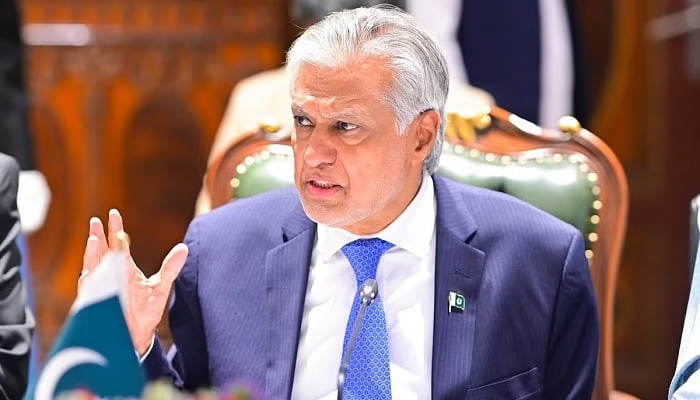The Field Marshal Asim Munir US visit marks a significant development in Pakistan-US relations, as the Chief of Army Staff (COAS) prepares for his second trip to the United States in less than two months. According to foreign media reports, the visit underlines deepening bilateral engagement amid evolving geopolitical dynamics in South Asia and the Middle East.
While the official itinerary has not yet been publicly released, Field Marshal Munir is confirmed to attend the retirement ceremony of General Michael Kurilla, Chief of US Central Command (CENTCOM). Kurilla, a key figure in recent US-Pakistan defense cooperation, was awarded the Nishan-e-Imtiaz (Military) during his July visit to Pakistan.
Symbolic and Strategic Timing of the Visit
The Field Marshal Asim Munir US visit comes at a time when both countries are exploring new avenues of cooperation. His presence at General Kurilla’s farewell event underscores the personal rapport and mutual respect between military leaderships. It also reflects Pakistan’s strategic pivot toward a more cooperative defense posture with Washington.
Notably, Munir’s earlier visit in June included a rare one-on-one meeting with former US President Donald Trump in the White House Cabinet Room. Also in attendance were Senator Marco Rubio, US Special Representative Steve Witkoff, Pakistan’s National Security Adviser, and other top officials.
This earlier engagement marked a crucial moment, as the two nations found themselves jointly navigating multiple regional challenges—from the Indo-Pak border tensions to the Iran crisis.
High-Stakes Backdrop: Pakistan-India Conflict
A key context to the Field Marshal Asim Munir US visit was the escalation between Pakistan and India following New Delhi’s alleged cross-border strikes after the Pahalgam attack in Indian Illegally Occupied Jammu and Kashmir (IIOJK). The Indian Air Force targeted what it claimed were militant hideouts, prompting a strong military response from Pakistan.
Under Operation Bunyan-um-Marsoos, Pakistan shot down six Indian fighter jets, including three Rafales. The intense 87-hour conflict resulted in 40 civilian and 13 military casualties on the Pakistani side.
Amid these tensions, the US facilitated a ceasefire, with both Islamabad and New Delhi pulling back from the brink. Field Marshal Munir, during his June visit, publicly praised Trump’s constructive diplomacy, while Trump reciprocated by applauding Munir’s steady leadership in a volatile situation.
Expanding the Strategic Partnership
Beyond the military dimension, the Field Marshal Asim Munir US visit has also laid the groundwork for expanding economic cooperation. A recent breakthrough came in the form of a new trade agreement between Pakistan and the United States, confirmed by both governments and endorsed by former President Trump via social media.
Key highlights of the agreement include:
- Reduction in reciprocal tariffs
- Focused incentives on Pakistani exports to the US
- Joint development of Pakistan’s oil reserves
- Collaboration on energy, minerals, artificial intelligence, cryptocurrency, and emerging technologies
The deal was concluded during Finance Minister Muhammad Aurangzeb’s discussions with the US Secretary of Commerce and the US Trade Representative. Pakistan’s Ambassador to the US, Rizwan Saeed Sheikh, and Commerce Secretary Jawad Paul were also present during the signing.
Strengthening Economic and Technological Ties
The Field Marshal Asim Munir US visit has thus evolved from a purely defense-centric engagement into a multidimensional partnership. With Washington keen on accessing mineral-rich territories and Islamabad eager to diversify its economic portfolio, this visit signals a turning point.
The trade pact also signals greater trust and collaboration, especially in areas where Pakistan has untapped potential. Discussions surrounding cryptocurrency regulation, digital finance, and AI-based defense tools show a readiness to embrace innovation on both sides.
Moreover, former President Trump’s social media posts suggest that a US-based oil company may soon spearhead exploration efforts in Pakistan, potentially unlocking billions in energy value.
While the visit’s primary focus is ceremonial—attending General Kurilla’s retirement—the Field Marshal Asim Munir US visit has become a platform for deep strategic dialogue. It highlights Pakistan’s role as a key regional player and Washington’s willingness to work closely with Islamabad on mutual interests.
With Iran’s regional posture, China’s expanding influence, and the India-Pakistan rivalry constantly evolving, US-Pakistan cooperation will likely become more vital in the coming years. The army chief’s repeated visits indicate a strong desire for continuity and alignment, especially in security, trade, and technology.
As Pakistan seeks to stabilize its economy and assert its sovereignty in a complex regional theatre, this visit reaffirms that diplomatic and military bridges with the United States are not only intact but growing stronger.



